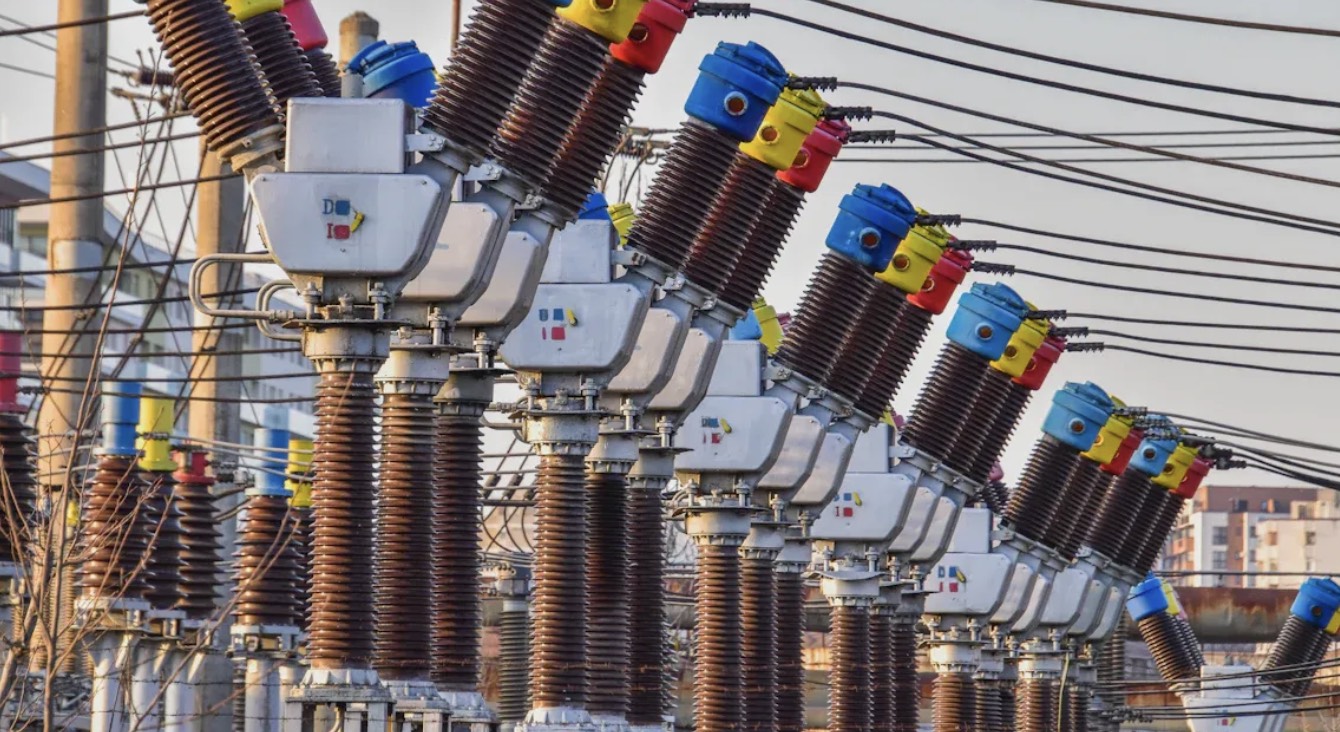Welcome:Pourleroi

| Aspect | Details |
| Core Material | Co-rich amorphous magnetic cores |
| Core Loss Reduction | Helps lower core losses in high-frequency circuits |
| Tunable Permeability | Makes efficient cores that cut system weight by reducing heat |
| Saturation Flux Density | Less than ~2 T, needing low permeability for high current changes |
| Relative Permeability | Can go as low as ~20 due to special Co-rich nanocomposites |
| Grain Size | About 8nm with a tightly packed structure |
| Processing Methods | Affects core losses, compared to other soft magnetic materials |
| Measurement Type | Description |
| Magnetic Flux | Magnetic flux is found using ϕ=BmSsinωt. Bm is the magnetic induction intensity's amplitude. |
| Induced Electromotive Force | Induced voltage is calculated by e=−N1BSωcosωt. It shows how magnetic induction affects voltage. |
| Magnetostrictive Properties | Magnetostrictive traits measure vibration and noise in amorphous cores, key for high-frequency tasks. |
| Feature | Amorphous Magnetic Cores | Mn-Zn Ferrite Chokes |
| Impedance at 100kHz | Same inductance value | |
| Required windings for same inductance | Fewer | More |
| Temperature effect on impedance | Minimal | Significant |
| Noise suppression performance | High | Moderate |
| Year | Market Size Estimate | Main Reasons for Growth |
| 2025 | Millions of units | Better materials, energy-saving tech, and more renewable energy use. |
| 2025-2033 | Faster growth | More need from electric cars and smaller electronic devices. |
By continuing to use the site you agree to our privacy policy Terms and Conditions.